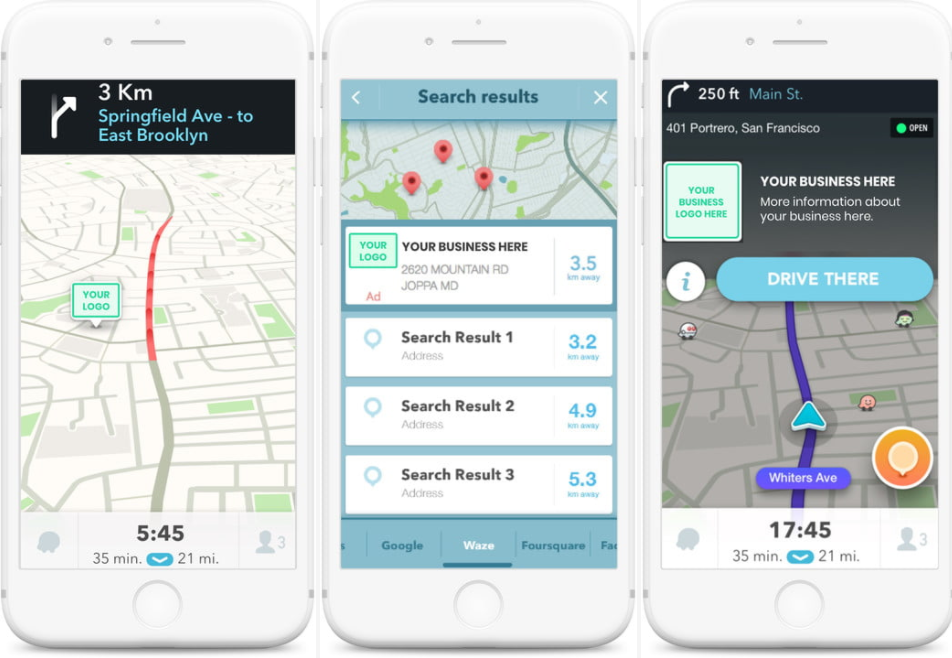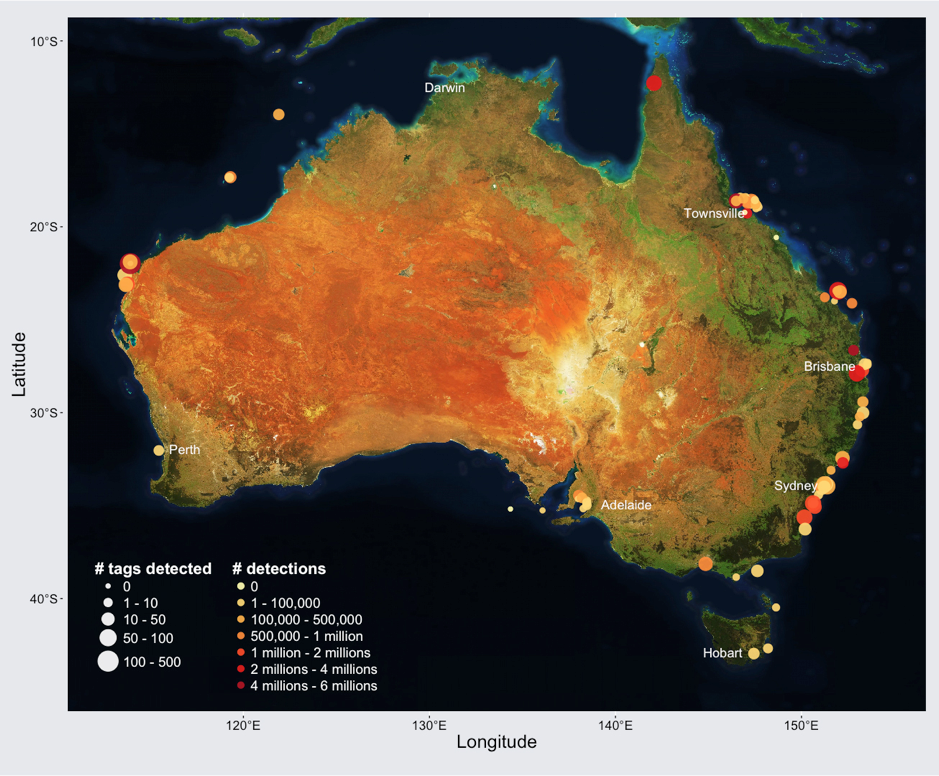
Get ready to see more local ads on your Waze app
You must have chanced upon branded pins from big brands like McDonald’s or Adidas on Waze already, but get ready to see your neighborhood salon pop up on your favorite navigation app. After a year of experimentation, Google-owned Waze has officially rolled out an advertising platform aimed at small and midsized businesses – Waze Local.
The pricing starts at as little as $2 per day and will allow advertisers to show a branded pin to the commuters driving near their store’s location. Even if the branded pin fails to persuade a driver to stop and visit the store, the least it will do is build brand awareness.
The other ad formats Waze Local is offering include:
- Promoted Search: The advertiser’s location will be promoted to the top of search results and include the business’ brand logo.
- Zero-Speed Takeover: A digital billboard will pop-up when drivers are at a complete stop. This type of ad will take up half of your phone screen and can be availed only by those advertisers who opt for a premium plan.

Waze says it has more than 100 million active users and every dollar spent on the Waze Local platforms gets the advertiser’s message to 384 drivers. During its beta tests in 2017, more than 3 million users visited the stores of Waze Local advertisers – leading to an in-store traffic increase of 20.4%.
Now, if you’re worried about being bombarded with advertisements on your next Waze trip, the company has assured that it will not compromise the user experience with ad clutter. At any time, you will not be shown more than three branded pins.
Geomarketing is only going to get bigger and better in 2018, and Waze looks fully prepared to make the most of this opportunity. According to reports, Waze Local APIs are in the pipeline, as is advertising based on voice activation. Exciting times ahead!




